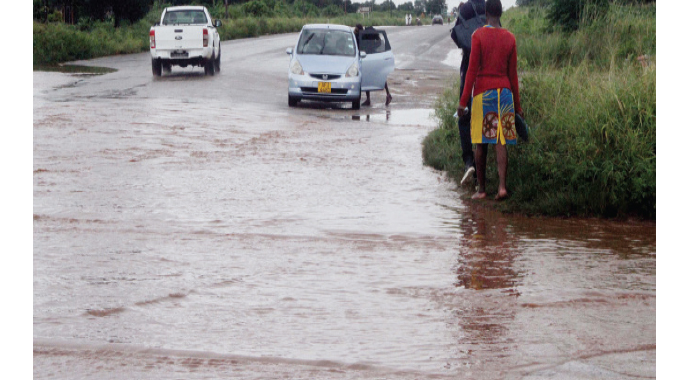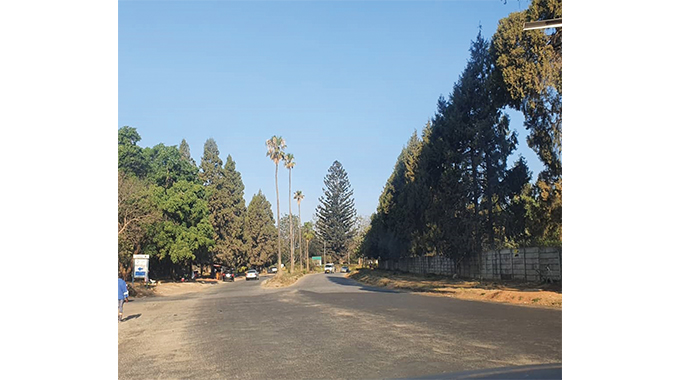UN report projects a gloomy future: Climate change action needed at COP 26

The conference on climate change later this year provides the only window of opportunity for world leaders to agree on a much more ambitious and specific action to avoid a crisis, a new global report says.
Climate change impacts continue to intensify and the world is already certain to face further climate disruptions for decades, if not centuries to come, as projected in the Sixth Assessment Report of the Intergovernmental Panel on Climate Change (IPCC).
Climate Change 2021: The Physical Science Basis is the contribution of Working Group I to the Sixth Assessment Report and was released in early August.
The report states that it is no longer debatable that greenhouse gas emissions from human activities are responsible for approximately 1.1°C of warming since 1850-1900, a marked shift from previous IPCC reports, which had said it was “extremely likely” that industrial activity was to blame.
The report finds that averaged over the next 20 years, global temperature is expected to reach or exceed 1.5°C of warming.
It states that global warming is now irreversible, and warming can only be slowed down by drastically reducing carbon dioxide emission in the next decade.
The report is clear that the pledges so far by developed countries are inadequate to address the challenges of increasing heat waves, wildfires, floods, droughts, sea-level rise, longer warm seasons, and shorter cold seasons, already being felt in most parts of the world.
It further reveals that at 2°C of global warming, heat extremes would more often reach critical tolerance thresholds for agriculture and health.
For southern Africa, more intense floods and droughts are expected with severe implications on food security, health and damage to infrastructure.
Rain-fed agriculture which remains the mainstay of most economies in the region will not be spared, further threatening the lives of millions of people whose livelihood is still dependent on the sector.
The findings from this report are similar to those from the 2019 report produced by the World Meteorological Organisation (WMO) which revealed severe changes in climate since 2015, including dramatic changes in temperature, sea-level rise, and extreme weather events.
The WMO report shows that 90 percent of “natural” disasters experienced in the period 2015-2019 are related to weather, with developing countries being the most affected due to limited adaptive capacities and resources.
As the world leaders prepare for the 26th session of the Conference of the Parties (COP26) of the UN Framework Convention on Climate Change (UNFCCC) in Glasgow, Scotland in the United Kingdom in November this year, African countries continue to insist on much more concrete action to halt or reduce the rate of warming.
The common position by the African Group of Negotiators ahead of COP 26 shows that Africa’s top priorities this year include adaptation, access to climate finance, and for industrialised countries to recognise the unique needs and circumstances of Africa.
The negotiators agreed that the industrialised countries must pledge to meet their pre-2020 climate finance gap of US$100 billion and that the US$100 billion per year should be the floor, not the ceiling, and continuing efforts must be made to determine and meet the needs and priorities of developing countries.
They underscored the need for the world to direct the same attention and resources being given to Covid-19 to be deployed to tackle climate change, further stating that the pandemic must not derail the climate finance agenda.
For southern Africa, time is ticking as the region is already experiencing increases in temperatures than had been projected, an indication that more detrimental climate change impacts than earlier predicted might be experienced.
For example, between January and April 2019, southern Africa faced several weather-related phenomena such as Tropical Cyclones Desmond, Idai and Kenneth, which caused extensive flooding in the Union of Comoros, Madagascar, Malawi, Mozambique, United Republic of Tanzania and Zimbabwe.
Cyclone Idai, recorded as one of the worst tropical storms to ever affect Africa and the southern hemisphere, claimed hundreds of lives and left a trail of destruction, including severe damage to key infrastructure such as roads, bridges, schools and clinics.
Over 800 000 hectares of cropland as well as crops and seed stocks were destroyed by the cyclone, while about 3.3 million people were left in need of immediate humanitarian assistance such as food, shelter, clothing, potable water, sanitation and medical support.
In January 2021, large areas of cropland were flooded by Tropical Cyclone Eloise in Mozambique, which also affected parts of Eswatini, Madagascar, South Africa and Zimbabwe.
The central and southern provinces of the country were also affected by Tropical Cyclone Guambe in the beginning of February. In late December 2020, Tropical Storm Chalane had caused some flooding in Mozambique.
The Synthesis Report on the State of Food and Nutrition Security and Vulnerability in Southern Africa 2021, also released in August shows that this year, in the 10 SADC Member States that submitted data, an estimated 47.6 million people are food insecure, which is a 5.5 percent increase from last year and 34.3 percent above the 5-year average.
The report indicates that by the beginning of July 2021, southern Africa had recorded about 2.5 million Covid-19 cases and 72 000 deaths, although the actual death toll is likely far higher. -sardc.net











Comments